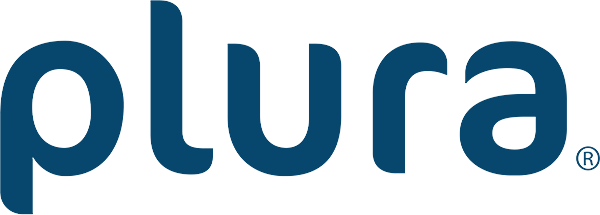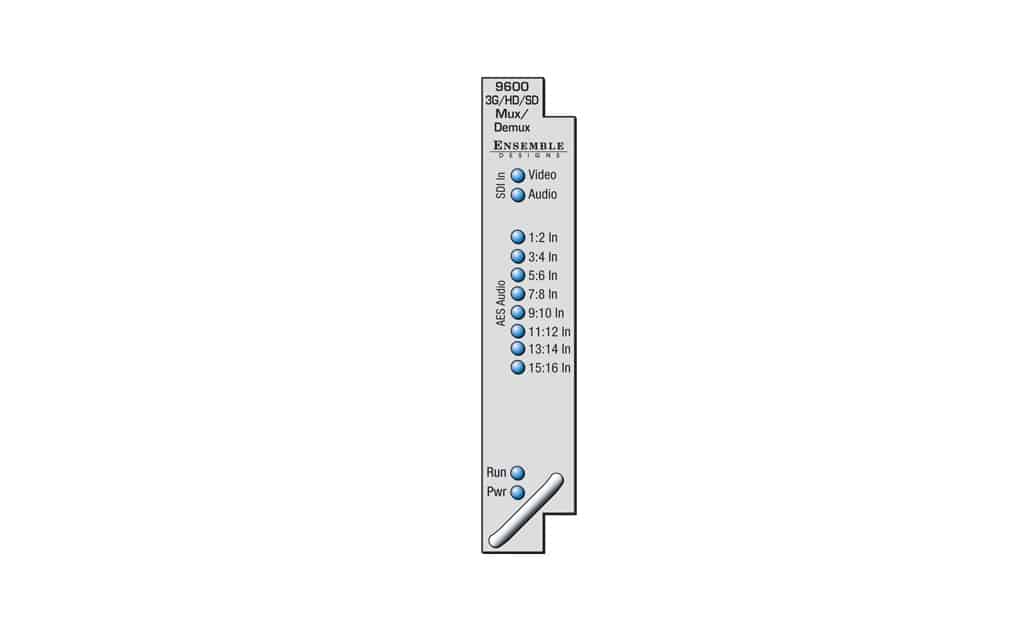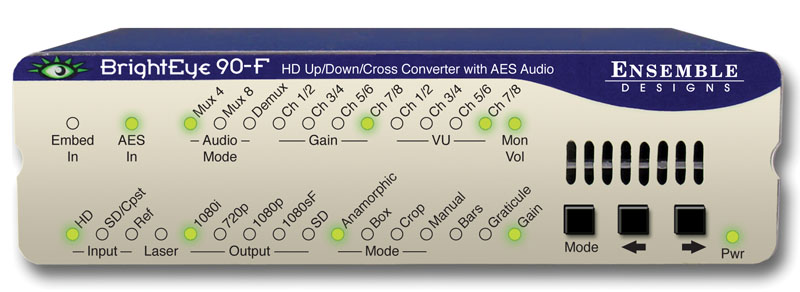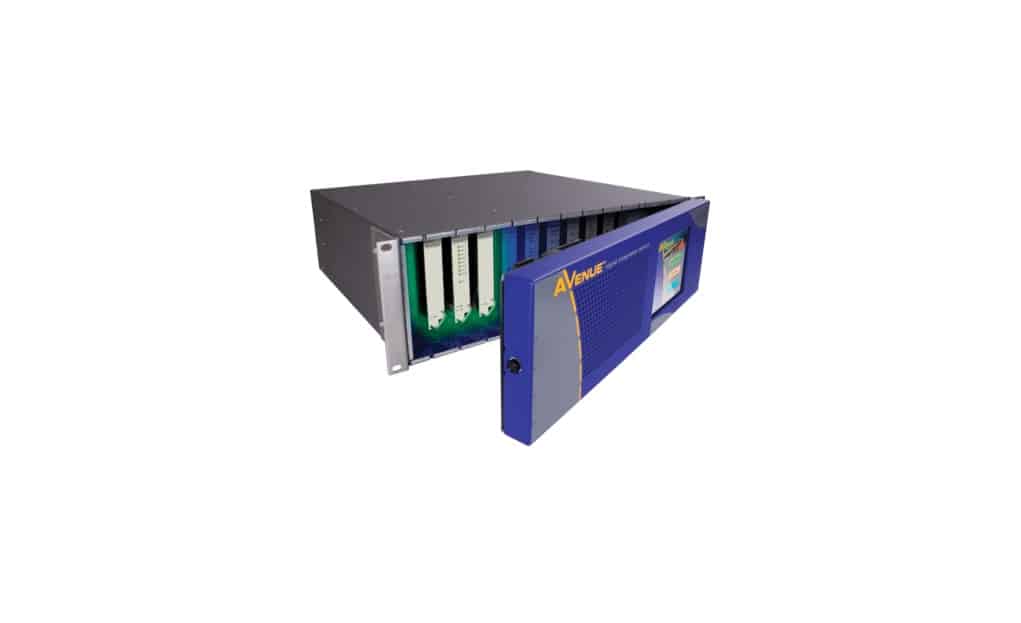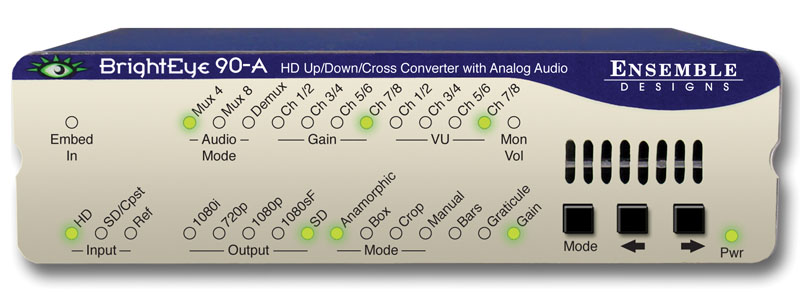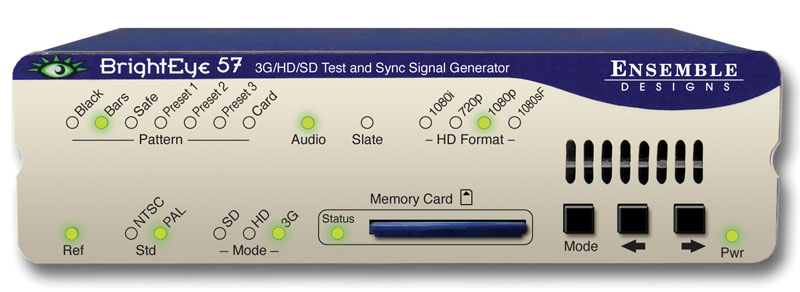Description
- Audio embedder or disembedder for 3G, HD or SD signals
- Handles 8 AES streams/16 channels
- Analog audio I/O
- Dolby encoding and decoding options
- Up to one second of delay
- In-line processor for embedded audio
- Audio Automatic Gain Control option
- Built-in audio mixer
- Phase inversion selectable on a channel basis
- Built-in sample rate converters accept asynchronous inputs
- 26 bit processing resolution
- Data mux and demux as per SMPTE 337M
- Memory registers
